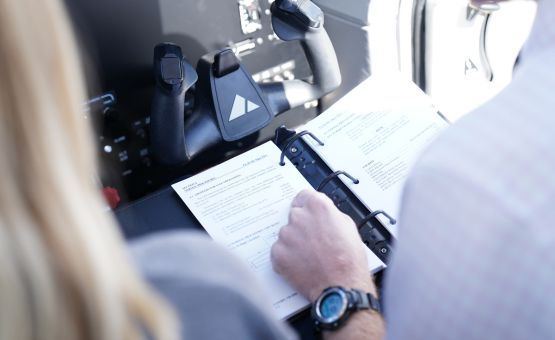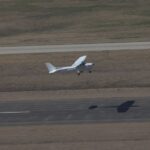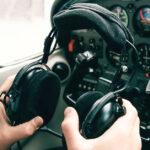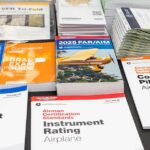Every airplane checklist has a story. Sometimes the story tells the tale of a responsible pilot who double checks all of the boxes on their list, while other times the pilot has forgotten to check even the smallest detail before take off resulting in an unintentional accident. Each time one of these items is identified, as a result of previous mistakes, the checklist gets longer and more details are added.
Which is why we were thrilled when our national chief pilot Steven Daun, offered to give our readers an inside look into his approach on the pre-flight checklist he refers to before flying, and tips for becoming a more knowledgeable pilot.
Over time, pilots will identify additional items that they consider to be important, which may not be on the approved checklist. The additions are a result of various experiences. These experiences may include a part of component failure on a past flight, while also taking into consideration comments that they may have heard from a mechanic.
“No matter your reason for revising, I have never heard of someone being accused of doing something wrong by adding items to a checklist.” – American Flyers National Chief Pilot Steve Daun
Lessons Learned Through Experience
Over the past 30 years, I too have found myself adding additional focus items when I preflight. I cannot stress enough how important it is to give extra attention to static wicks, flap and aileron push rods, as well as the wear bands on the Cessna 172 rudder cables.
Never Hurts To Double Check
Regardless of the type of aircraft that I fly or whom I fly with, I will also spend a few extra minutes checking the following items. Yes, even if the other pilot already completed a preflight.
- Visual inspection of the fuel tanks
- The fuel caps are secure
- Visual inspection of oil quantity
- The oil dip stick is secure
- Condition of the propeller blades
- The alternator and belt if accessible
- Condition of all three tires
Before I climb into the aircraft, it is routine to take a step back and view the overall airplane, as well as the ground it is sitting on. This is to ensure that all chocks and tie downs have been removed. Next, I inspect for any foreign object debris (FOD) that may damage another aircraft or injure people who may be on the ramp.
I have seen many pilots and instructors over the years walk out to an airplane, get right in, start it up and go flying without conducting a preflight. Many will say they just flew the aircraft, or their student or other pilot did the preflight. I have truly never understood this mentality. In all my years flying, I can tell you that taking additional time to make certain that your airplane is good to go is the best time investment that you can make all day.
Get To Know The Mechanics
One of my favorite things to do when I have some free time is to visit our different maintenance departments. It’s amazing how much you can learn from different mechanics performing different types of maintenance. As a pilot, we should always be learning and asking questions. After 30 years of flying, I still learn something new on each visit. No matter what your level of experience is, you should do the same. As your knowledge grows, you will become more aware of additional items that you should be checking out on your airplane. This is especially true if you are flying an older aircraft.
There is a second part to all of this and that has to do with how you describe the issue to your mechanic. If you go into maintenance and say, “one of the silver things in the back by the elevator is
broken,” they won’t have any clue as to what you are talking about. However, if you say, “one of the bonding straps on the right elevator is broken,” the mechanic will know exactly what to look for. There is nothing that frustrates a busy mechanic more than to play a game of 20 questions with a pilot who doesn’t know how to give a proper description of a problem.
The next time you are preflighting an airplane make sure that you can name all of the parts and identify what you are checking for. If there is anything that you are not sure of go find a mechanic or an instructor to ask them for clarification. You may surprise yourself by how much you learn.










